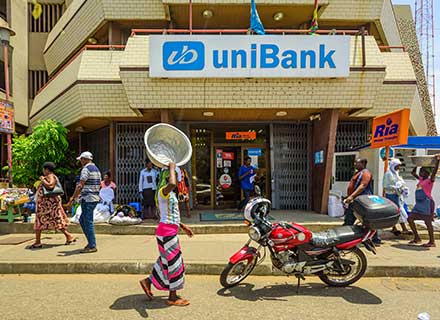Ghana has implemented Electronic Transactions Levy (E-Levy). This development has taken place after huge resistance from the Ghanaian population.
The announcement of the E-Levy was made in November 2021 by the country’s finance minister.
Just like any other move, it too came with some industry stakeholders supporting it while some said that it would have a negative impact on digital payments and will affect the digitization journey.
The agencies involved in the implementation of the levy are the Ghana Revenue Authority, banks and specialized Deposit-Taking Institutions (DFIs), electronic money issuers (EMIs), and telecommunications companies (telcos).
According to Africa News, these agencies have put in place the relevant systems as well as mechanisms so as to start collecting 1.5 percent as a levy on daily electronic transfers.
As for the working, suppose A sends $7 in the morning and $6 in the evening, then the levy will not be applied. Whereas, if B sends $13 in the morning and $20 in the evening then they will be charged a 1.5 percent e-levy on the $20.
With this system in place, it is expected that people will soon start turning their backs on electronic payments. According to BBC, the Central Bank of Ghana reported that the industry lost over $1 billion in the last two months since November as people had started using cash ahead of the system coming into effect.
The government took this step to build a digital economy and at the same time reduce the use of physical cash. But it seems like it is not working as a huge drop in the use of mobile money services can be seen.

